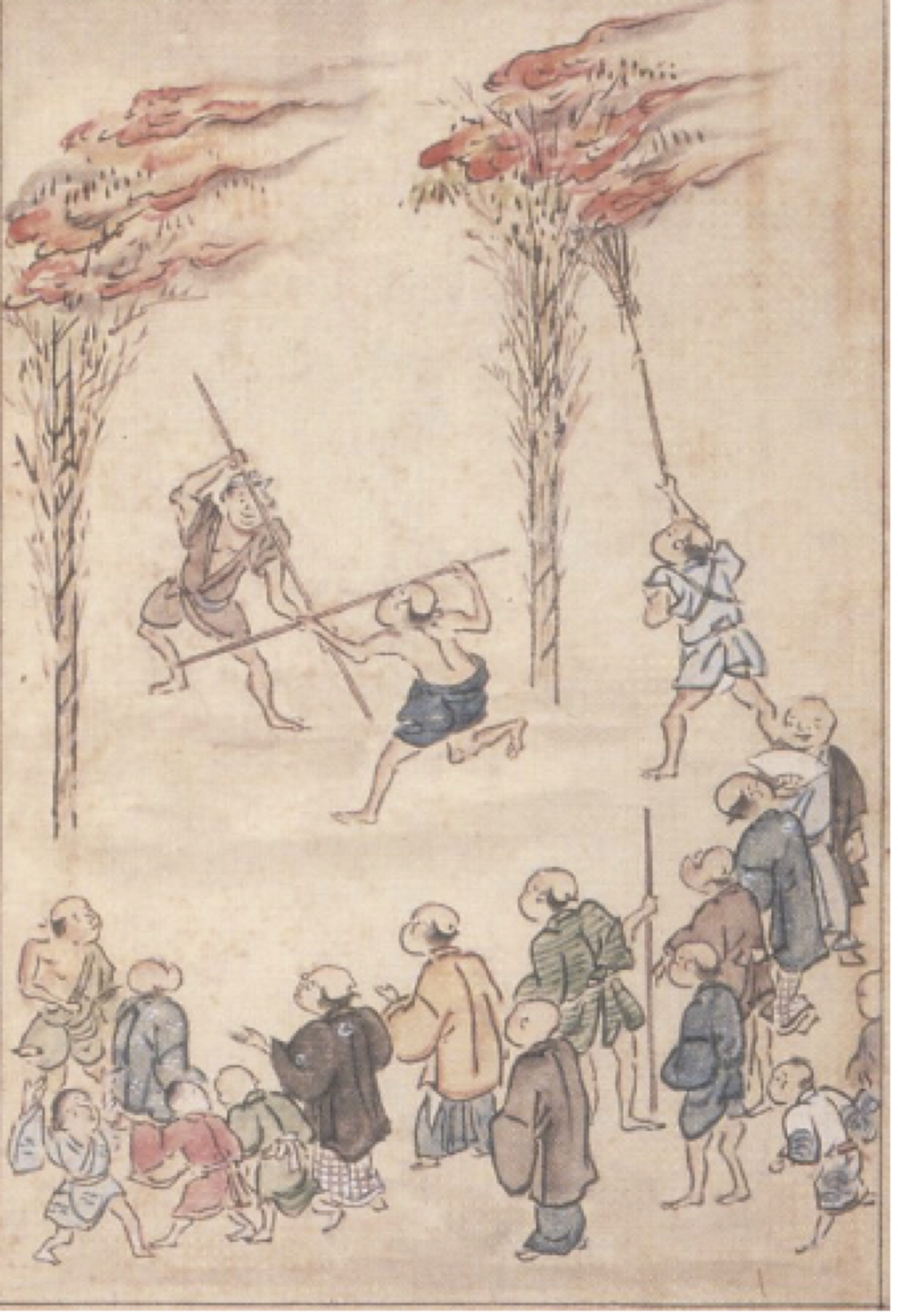Half a century ago, my parents took me a talk by Rabbi Abraham J. Twersky. Twersky was a descendent of the Chernobyl dynasty of Hasidic Rabbis. Over the decades I have seen the name Twersky elsewhere: always on attorney or doctor’s offices or on academic papers – beyond religion, they have been a dynasty of intellect. Rabbi Twersky, a psychiatrist, merged Mussar (Jewish ethics) with elements of the Twelve Step Program, becoming a profoundly important figure in the field of the treatment of substance abuse. Despite his incandescent intellect, he was a down-to-earth man, who worked with those suffering from addiction disorders from any walk of life, and who wrote books whose profundity was encased in simple accessible prose and images.
I do not remember the overall theme of his talk that evening, but part of it concerned his upbringing, which he told in the third person, in a charmingly lyrical Yiddish accent. “Twersky was a brilliant boy, a chess prodigy. He was crazy for chess, and would seize any moment to go and have a game. It became a kind of addiction. And one day, there was a chess tournament, and Twersky, only ten years old, had to go. Twersky had to go! He would be playing against much older boys, even adults, because chess is a game of intelligence, and winning and losing is based on the merits of the mind and the will. But it was the Sabbath, the most Holy day of the week, when G-d descends to earth to unite on that one day with the Sabbath bride, the Shekinah, the divine feminine presence of G-d. Think of that! G-d loved humanity so much that He exiled a portion of Himself so that creation could occur. It is on the Sabbath that G-d’s sacrifice is redeemed, that G-d in His Fullness is reunited. Our celebration of the Sabbath is in gratitude for G-d’s sacrifice for us. It’s that important!
Read More

